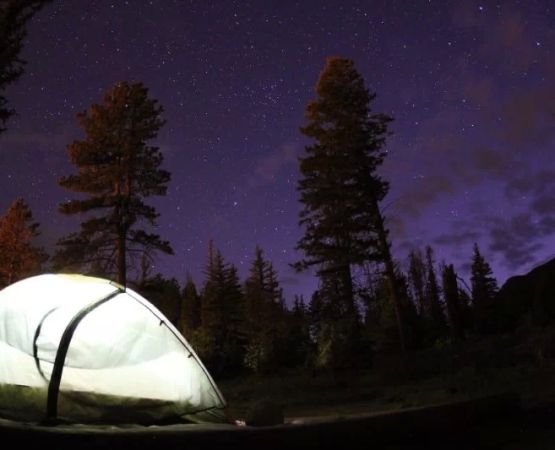How to Set Up a Hammock for Camping and Relaxation: Step-by-Step Guide
- Why Choose Hammock Camping
- Selecting the Right Hammock
- Choosing the Perfect Location
- Setting Up the Hammock
- Common Mistakes to Avoid
- Enhancing Your Hammock Experience
Why Choose Hammock Camping
If you're someone who loves the great outdoors, hammock camping offers an unparalleled level of comfort and relaxation. Hammocks are lighter, more portable, and take up far less space than tents. They allow you to sleep under the stars, suspended between trees, offering a unique connection with nature. Hammock camping also provides relief from sleeping on uneven ground, keeping you comfortable during your adventures.
Take it from Sarah, a seasoned traveler and hammock enthusiast: "I used to dread camping because I could never get a good night's sleep on the ground. But after trying hammock camping, I’ve never looked back. The comfort is unbeatable, and it feels like a cozy little cocoon out in nature!"
Selecting the Right Hammock
Choosing the right hammock is crucial to a successful camping experience. There are different types of hammocks, such as single, double, and even gathered-end hammocks. For solo campers, a single hammock is lightweight and compact, while a double hammock gives you more space and comfort for two people or extra room for personal comfort. If you plan on using a hammock for relaxation at home or while traveling, ensure it's made from durable, breathable material like nylon or polyester.
Remember to consider weight capacity, comfort, and durability before purchasing your hammock. You don't want to experience any unpleasant surprises when you're out in the wild!
Choosing the Perfect Location
Finding the right spot for your hammock setup is essential for a safe and enjoyable experience. Look for two sturdy trees about 10-15 feet apart, making sure they are not too close to the campfire or any unstable terrain. The trees should be healthy, with no large branches hanging overhead that could pose a risk in case of wind.
Try to set up your hammock in a place that offers a gentle breeze for comfort and an incredible view of your surroundings. Keep in mind that some locations might be prone to strong winds, so always check the weather forecast before setting up.
One of the most memorable camping experiences I had was setting up my hammock between two tall pines in Yosemite National Park. Waking up to the sound of birds and a breathtaking sunrise was an experience that words can hardly describe.
Setting Up the Hammock
Now that you've found the perfect location, it’s time to set up your hammock! Start by attaching the hammock to each tree using straps or ropes. It's important to use tree-friendly straps to prevent damage to the bark. Aim for a height that allows your body to rest at a slight angle, about 18 inches off the ground.
Once your hammock is securely attached, check the tension. It should be tight enough to keep you elevated but not too tight that it feels like you're lying on a flat surface. If you feel a little off-balance or your hammock sags too much, adjust the length of the straps or ropes accordingly.
Tip: A good rule of thumb is to have the hammock hang at a 30-degree angle to the ground for optimal comfort and safety.
Common Mistakes to Avoid
When setting up your hammock, there are a few common mistakes you should be aware of to ensure safety and comfort:
- Incorrect Hanging Height: If your hammock is too high, it might make it difficult to get in and out. Conversely, if it's too low, it could drag on the ground, causing discomfort.
- Choosing Weak Trees: Always double-check the stability of the trees you're using. Thin, weak trees can break under pressure.
- Overpacking the Hammock: Avoid placing too many items inside your hammock, as the added weight could compromise its stability.
Enhancing Your Hammock Experience
To make your hammock experience even more enjoyable, consider adding a few extras to enhance comfort:
- Underquilt or Sleeping Pad: A sleeping pad or underquilt will keep you warm, especially during chilly nights in the wilderness.
- Rainfly: A rainfly is a great addition to protect you from unexpected rain showers. It provides shelter without compromising your view of the sky.
- Hammock Pillow: A hammock-specific pillow will provide neck support, ensuring you get a restful sleep.
When I went hammock camping in the Amazon Rainforest, the rainfly was a lifesaver. I woke up in the middle of the night to heavy rainfall, but I stayed dry and comfortable throughout the storm!






